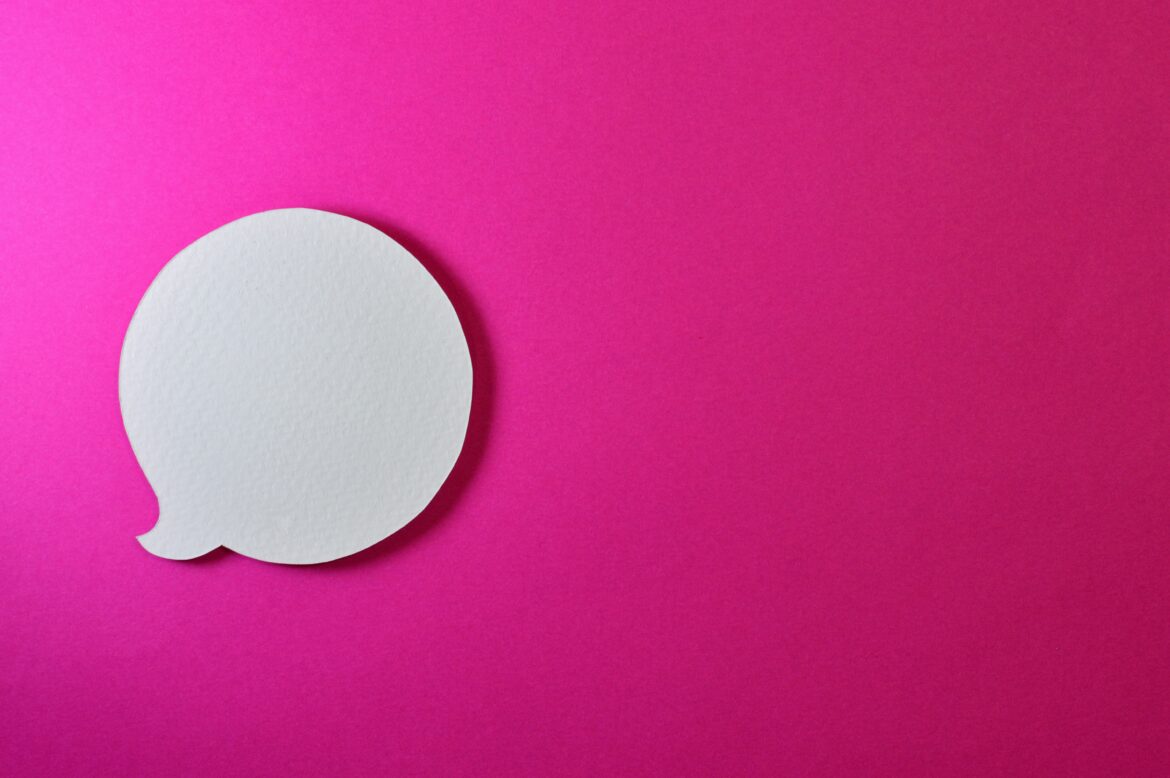There is a high chance you have used comma splices in your writing already and didn’t even realize it. And it’s okay because you’re not alone. These small creatures, hanging in the middle of sentences can be confusing to understand at times. So, here’s a blog with examples dedicated to explain to you what is a comma splice, how to fix a comma splice and much more.
Table of Contents
- What is a comma splice?
- How to fix a comma splice
- Some more comma splice examples
- Is a comma splice ever OK?
- Conclusion
What is a comma splice?
The comma splice definition is simple. A comma splice is a grammatical error that occurs when two independent clauses (complete sentences) are joined together only by a comma. For example:
“I went to the store, I bought some bread.”
How can you tell that’s a comma splice sentence? The group of words before the comma will tell you.
“I drove to the mall.”
As you can see, this is a complete sentence by itself. That means it’s an independent clause.
Now take a look at the sentence after the comma.
“I bought some clothes.”
This too is a complete sentence in itself. It’s another independent clause.
So when you have two independent clauses, a comma is not strong enough as a punctuation to glue them together. And when you use a comma in such a case, we call it a comma splice.
How to fix a comma splice
There are three ways you can fix a comma splice. You can change the comma to a semicolon, add a conjunction or make each independent clause its own sentence.
Using a semicolon to fix a comma splice
One of the most straightforward ways to fix a comma splice is to replace the comma with a semicolon. A semicolon brings out a stronger separation between two independent clauses than a comma, making the writing more clear and concise. For example:
- I drove to the mall; I bought some clothes.
Using a period to fix a comma splice
Another option to fix a comma splice is to separate the two independent clauses into two separate sentences, using a period to end the first one. For example:
- I drove to the mall. I bought some clothes.
Adding a conjunction to fix a comma splice
A third way to fix a comma splice is to add a conjunction after the comma. This creates a compound sentence, which clearly shows the relationship between the two independent clauses. With most comma splices, you will want to add the conjunctions and, but, or so. For example:
- I drove to the mall, and I bought some clothes.

Some more comma splice examples
Here are some examples to show how you can get rid of a comma splice:
- “The whole sky was filled with stars, the moon shone bright.” (Corrected: “The sky was filled with stars, and the moon shone bright.” OR “The whole sky was filled with stars; the moon shone bright.”)
- “She twirled to and fro in her dress, the fabric flowed like water.” (Corrected: “She twirled in her dress, and the fabric flowed like water.” OR “She twirled to and fro in her dress; the fabric flowed like water.”)
- “The large waves crashed against the shore, the sound echoed on the beach.” (Corrected: “The waves crashed against the shore, and the sound echoed in the night.” or “The large waves crashed against the shore; the sound echoed on the beach.”)
- “He started playing his guitar, the music filled the room.” (Corrected: “He played his guitar, and the music filled the room.” OR “He started playing his guitar; the music filled the room.” )
Is a comma splice ever OK?
Comma splices can be used for effect in creative writing, such as in poetry or fiction, to convey a specific rhythm or pace. In academic or professional writing, however, it is generally best to avoid comma splices and to use one of the methods outlined above to clearly separate independent clauses.
Here are some examples of comma splices being used for artistic writing:
- “She smiled, the world seemed a little brighter.” (Here, the comma splice creates a seamless transition between two thoughts)
- “The music swelled, she shut her eyes and let it wash over her.” (The comma splice creates a smooth, flowing feeling that mimics the flow of the music)
- “The sun came down, the sky was ablaze with color.” (The comma splice creates a sense of immediacy and highlights the beauty of the moment)
- “The rain pounded the earth, the wind howled through the trees.” (The use of the comma splice creates a sense of urgency and intensifies the scene)
Conclusion
Comma splices are a common grammatical error in writing, but they can be easily fixed with a semicolon, a period, or a conjunction. So beware, the next time you see or use a comma splice and thank us later!
Keen on reading more such grammar-related trivia for your research? Check out our grammar section here.

